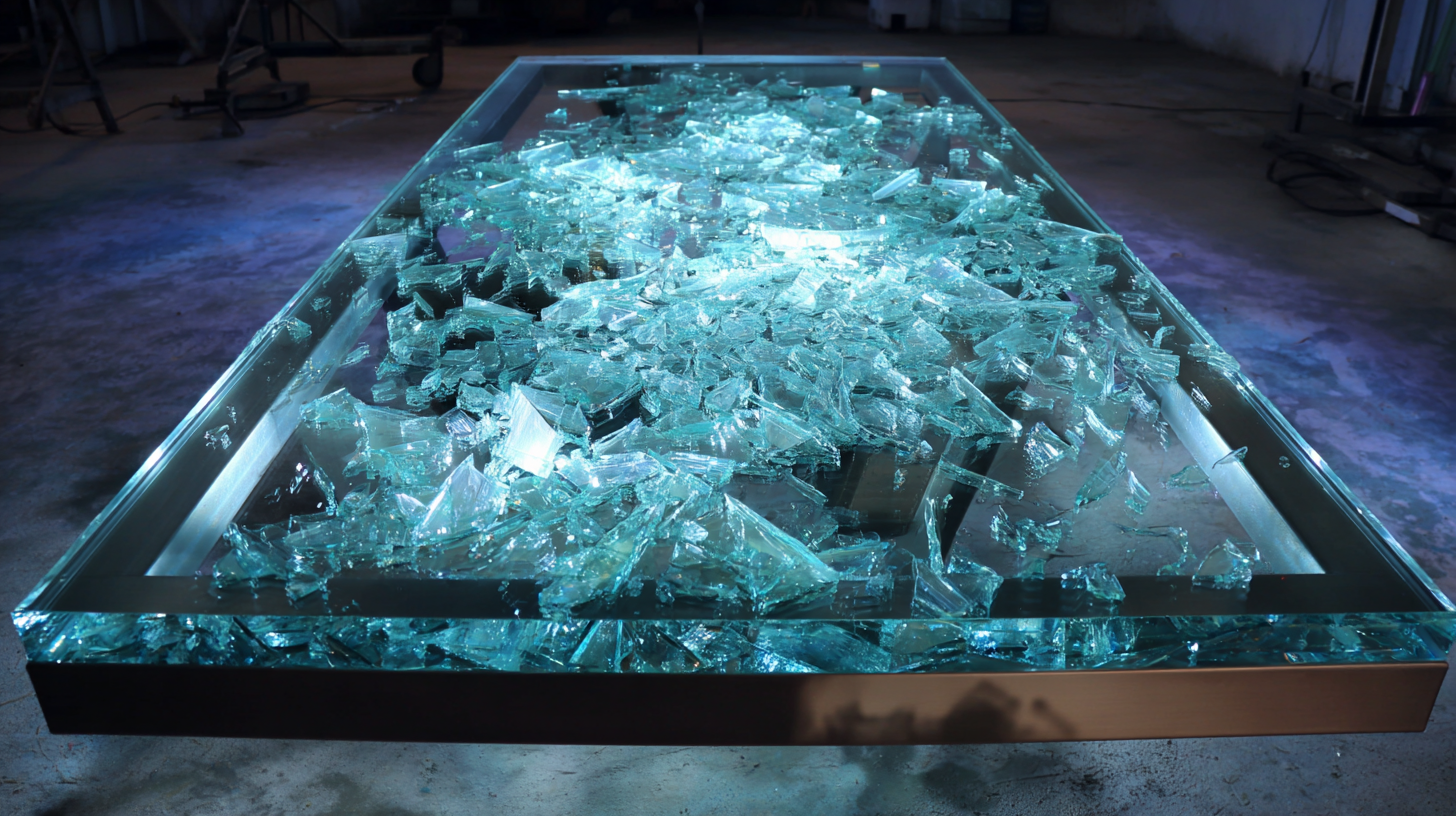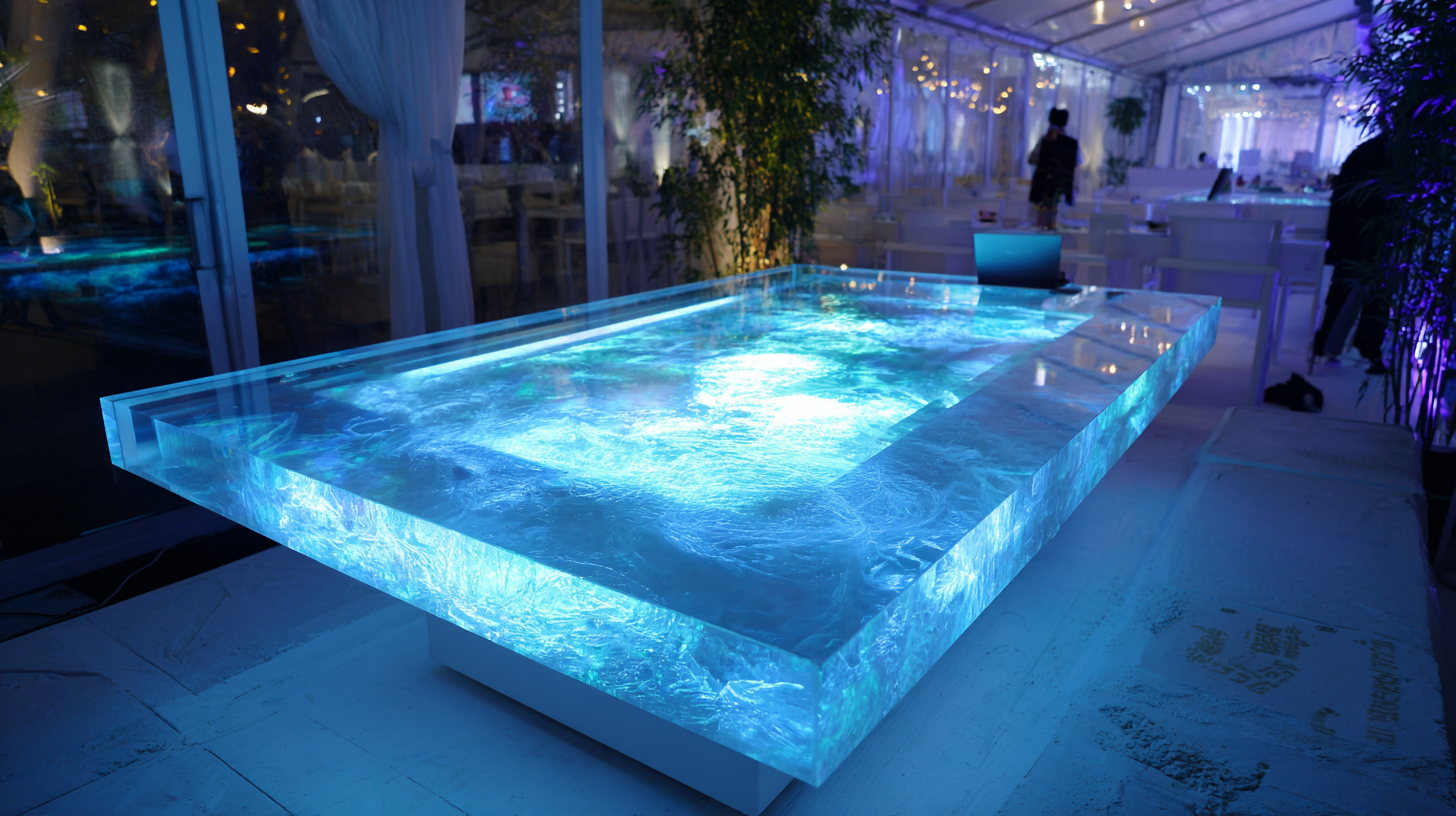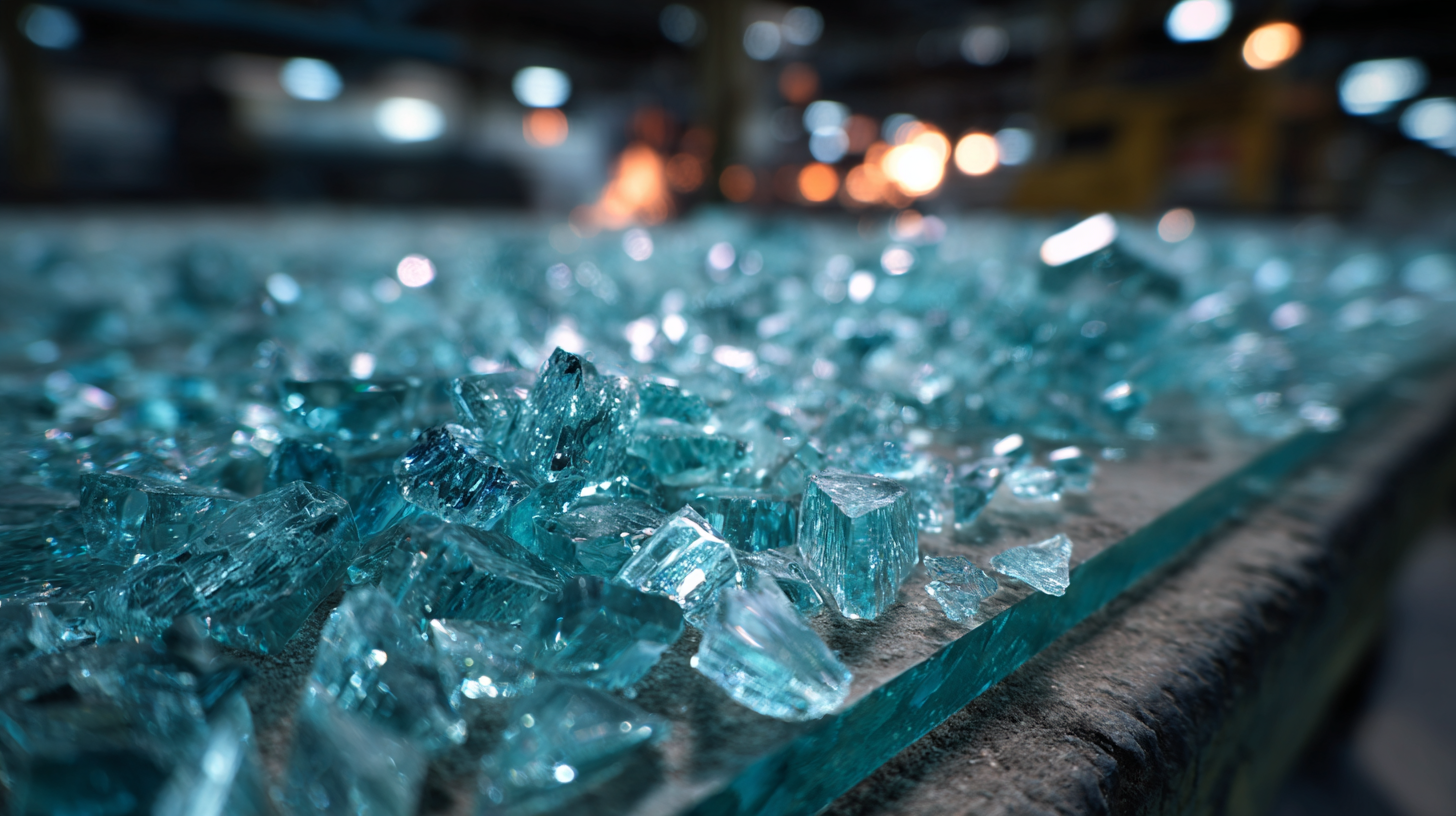The global market for glass breaking tables has seen a significant uptick in demand, driven by advancements in manufacturing technology and increased applications across various industries. According to a report by Allied Market Research, the market size for specialized glass breaking equipment is expected to reach USD 120 million by 2025, growing at a CAGR of 6% from 2020. This rise can be attributed to the growing adoption of glass in construction, automotive, and consumer goods, necessitating robust solutions for safe and efficient glass breaking processes.
Furthermore, the appeal of elite Chinese manufacturing lies in its ability to offer high-quality products at competitive prices, catering to a global clientele. A study published by Market Research Future indicates that Asia-Pacific holds the largest share of the glass breaking table market, accounting for over 40% due to the region's rapid industrialization and urbanization. The integration of innovative features, such as automated operating systems and safety enhancements, is increasingly attracting international partnerships and investments, thereby facilitating a seamless expansion into global markets.
As the demand for reliable glass processing tools grows, elite Chinese manufacturers are well-positioned to meet these emerging needs, reshaping the industry's landscape.

Home
About Us
Products
UPVC PVC Window Machine
Aluminum Window Machine
Glass Cutting Machine
Glass Edging Machine
Insulating Glass Machine
Glass lifting machine
Glass Washing Machine
Glass Laminating Machine
Glass Sandblasting Machine
Glass Drilling Machine
CNC Glass Working Center
CNC Non-Metal Cutting Machine
The Other Glass Machinery
Application
Download
News
Contact Us


